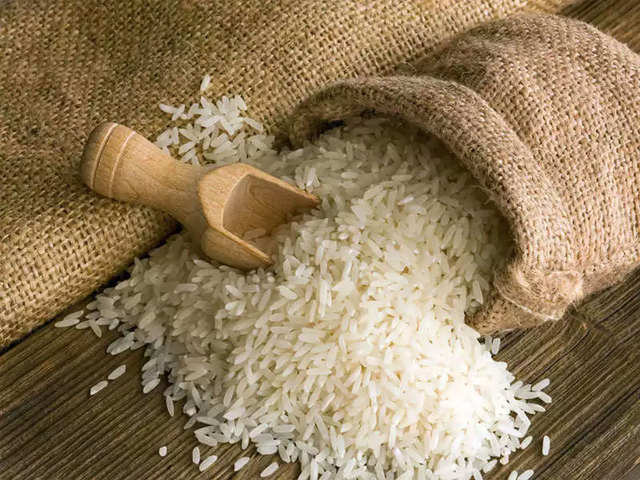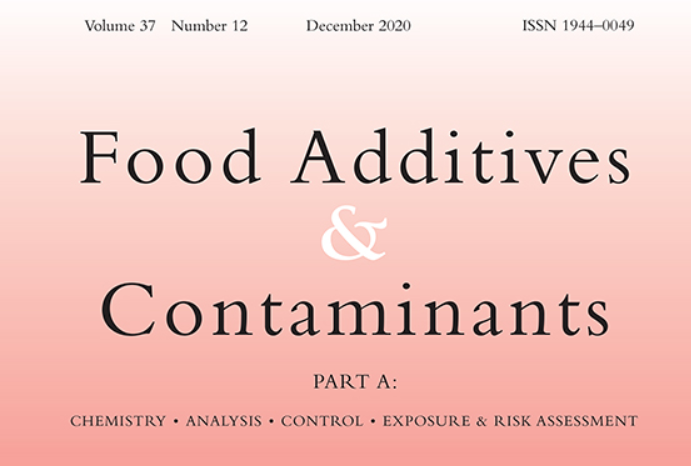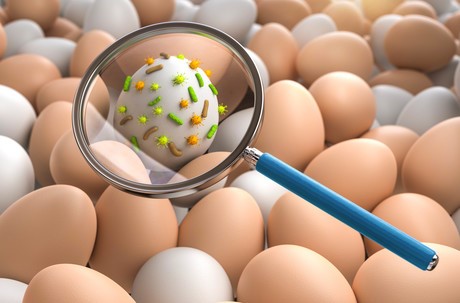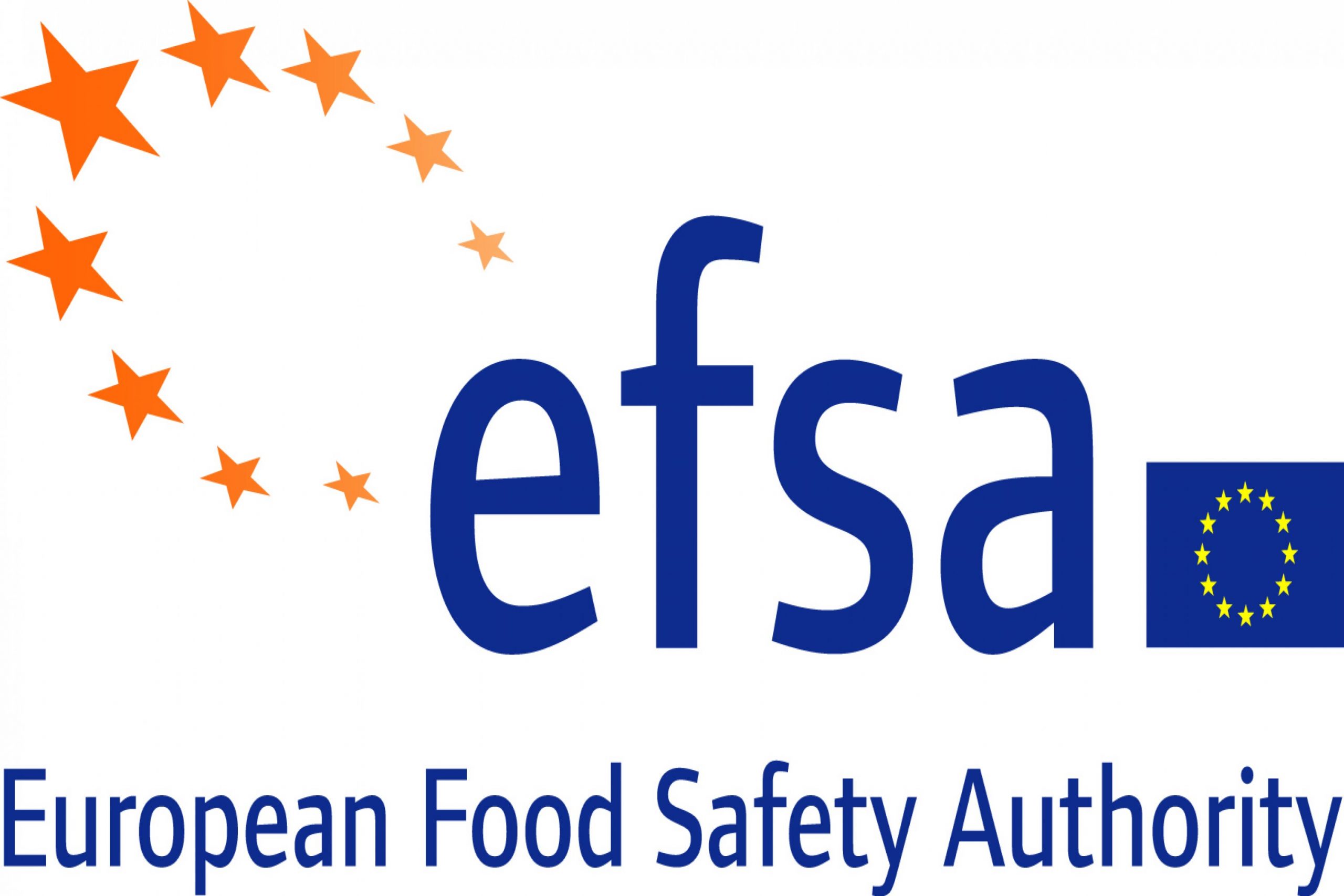
Consultancy
An understanding of the issues driving food safety and authenticity is critical for the food industry as well as those providing analytical services and equipment for...

Training and capacity building
Under the European Commission funded ‘Better Training for a Safer Food (BTSF)’ programme we have been heavily involved in developing...
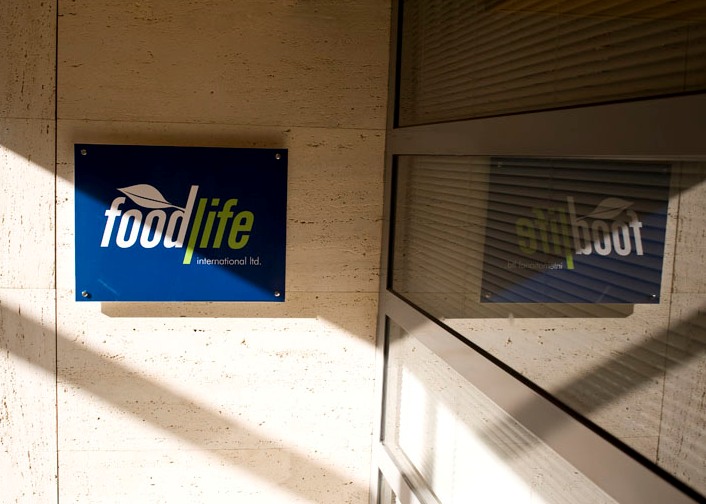
Problem Solving
Our client runs a successful contract testing laboratory but lacks experience in supporting R&D. We are providing help in introducing new up-to-date...
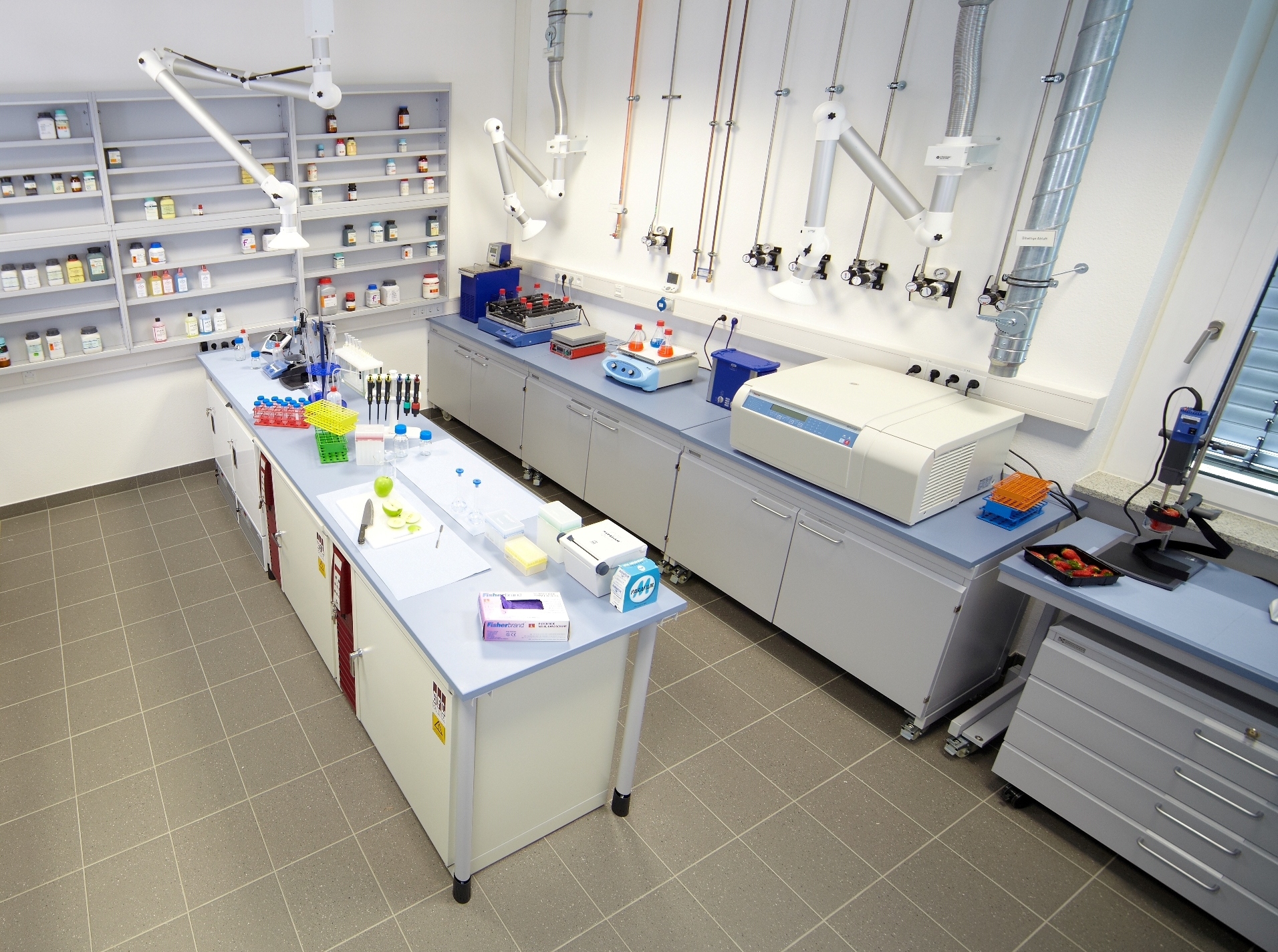
Scientific Support
We have established a new food testing laboratory for our client from the design stage through to selection and procurement of equipment and instruments and recruitment of staff...

